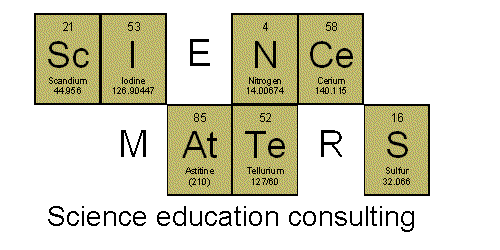Back in the day, Total cereal used to run a series of commercials in which a person had to eat a large number of bowls of their favorite cereal in order to get the same amount of vitamins and minerals they could get in one bowl of Total. One of those nutrients is iron. Check out how they fortify their cereal....
Pour some cereal into a cup or bowl. Pour some water on the cereal and let it sit for 15-20 minutes; enough for it to get nice and soggy and too gross to eat.
Place a magnet (use the strongest magnet
When you pull out the magnet, you will find that you have small pieces of iron sticking to the magnet! The cereal is fortified with iron filings! Perhaps not the most usable form of iron for your body, but iron none-the-less.
*Putting the magnet in a plastic baggie serves 2 purposes:
1 - It makes clean-up a LOT easier!
2 - It can be hard to see the iron pieces on the magnet, but if you pull the baggie off and place it on a piece of white paper, the iron will be easy to spot!














































